Six ways investing in rural communities makes people healthier
IFAD Asset Request Portlet
Asset Publisher
Six ways investing in rural communities makes people healthier
07 April 2020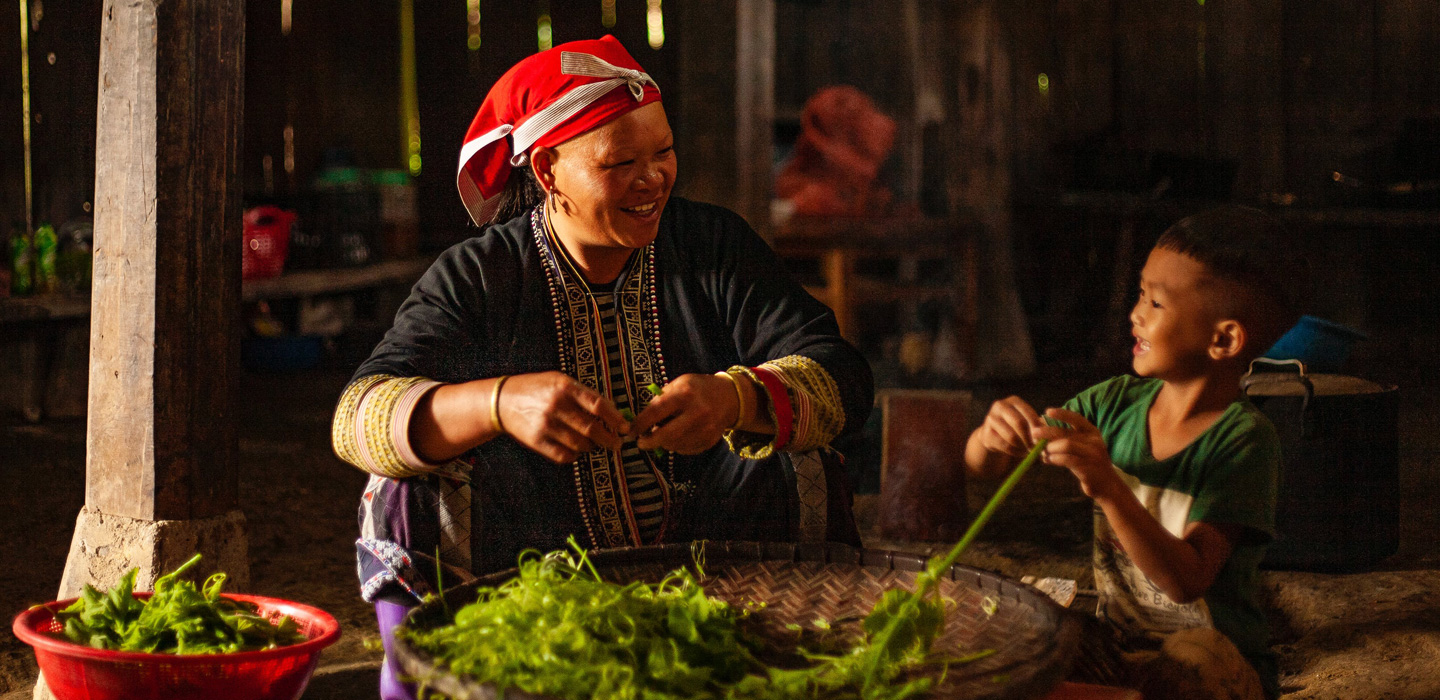
Nutrition
Worldwide, approximately three billion people have poor-quality diets and more than two billion people suffer from micronutrient deficiencies. Nearly 25 per cent of children under the age of five are chronically undernourished.
Malnutrition causes health problems and losses in economic productivity. Over the course of their lifetimes, malnourished individuals can earn 10 per cent less than those who are well-nourished.
Without access to adequate, affordable, nutritious food, generations remain trapped in poverty, unable to take advantage of educational and job opportunities to fulfil their potential.
Investing in nutrition through agriculture is not only socially responsible, it is sound development policy and good economics. Its impact is multi-generational, allowing children to reach their full physical and intellectual potential, so that they can grow into healthy adults and lift themselves out of poverty.
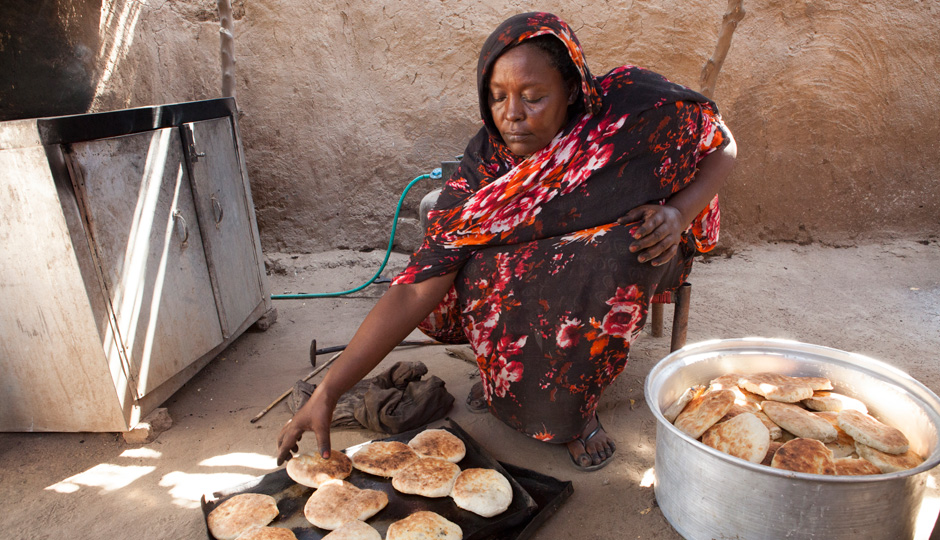 |
| ©IFAD/Marco Salustro |
Building a more inclusive economy
Women are major contributors to agriculture and rural economies, but face numerous challenges that men do not. They have less access to resources and services, including land, finance, training, inputs and equipment. In addition to their agricultural work, they are overburdened with domestic chores and caring tasks.
Despite being productive members of their families, organizations and communities, rural women are not always able to raise their voices and contribute to decisions about household and community issues, money or business – including how their own income is spent.
Promoting gender equality is a key element of IFAD’s work to reduce rural poverty and improve food security. Women make up about half of all participants of the projects we support. When women are empowered, families, communities and countries benefit.
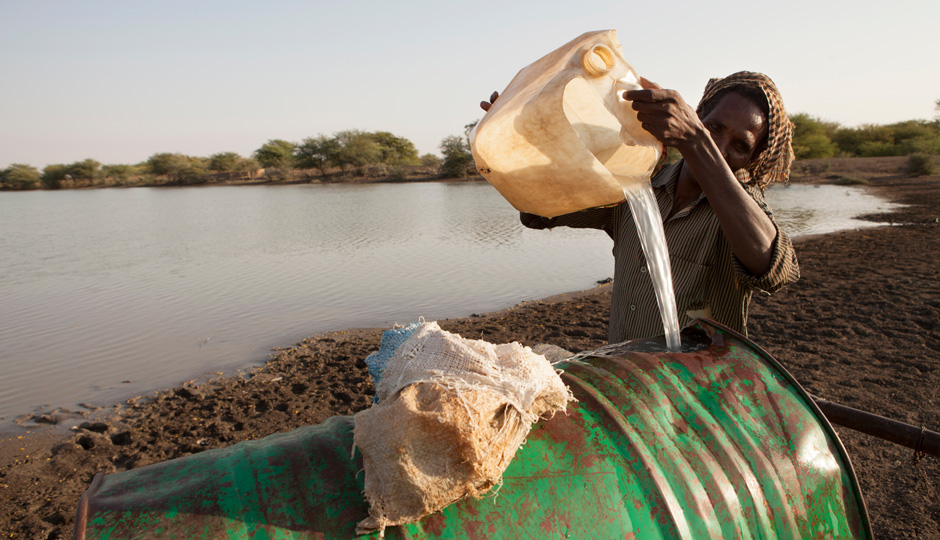 |
|
©IFAD/Marco Salustro |
Enhancing water security
Water stress is the risk with the greatest potential impact on the livelihoods of poor rural communities. More than a billion people live in water-scarce regions, and as many as 3.5 billion could face water scarcity by 2025. Growing populations, expanding cities, climate change and unsustainable resource management all increase water stress on rural communities.
Flooding, landslides and salt water intrusion into freshwater systems are worsened by increased climate variability and shocks. Degradation of ecosystems also affects the three core dimensions of water resource management: quantity, quality and disaster risk management.
Investing in policies and local institutions can lead to better governance and management of land and water resources, thereby increasing water security for rural women and men.
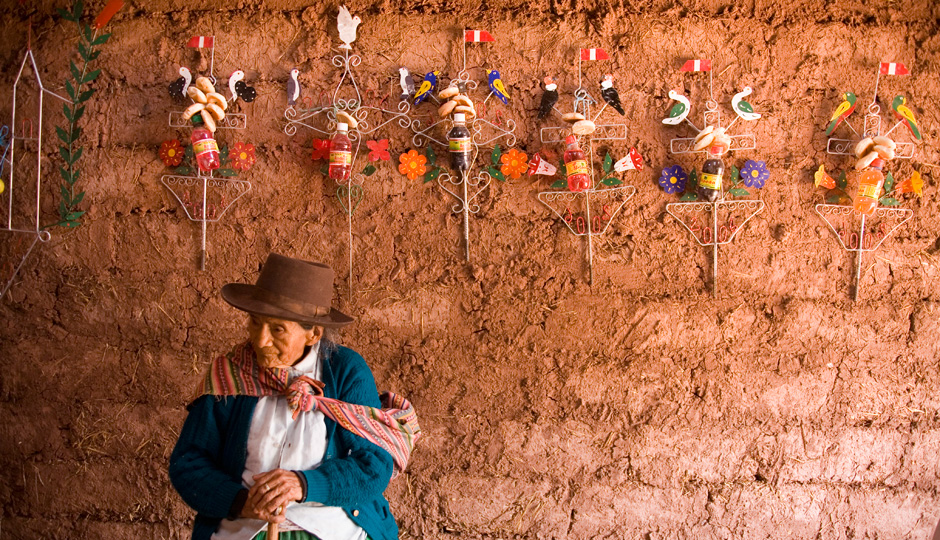 |
| ©IFAD/Pablo Corral Vegaù |
Promoting indigenous knowledge
Indigenous peoples have been dispossessed of their lands, territories and resources over centuries, and as a result, have often lost control over their way of life. Worldwide, they account for 6 per cent of the population, but represent more than 18 per cent of those living in extreme poverty.
Indigenous peoples have a special role to play in the conservation and sustainable management of natural resources. Their in-depth, varied and locally rooted knowledge can help the world adapt to, and mitigate, the consequences of climate change.
Indigenous peoples have unique food systems anchored in sustainable livelihood practices, which are adapted to the specific ecosystems of their territories.
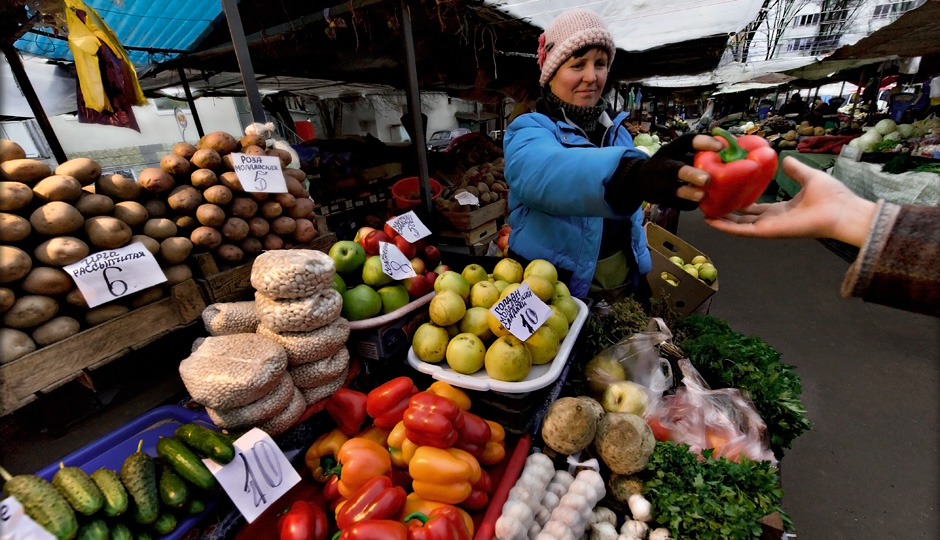 |
| ©IFAD/Paolo Marchetti |
Access to markets
Reliable market access boosts productivity, increases incomes and strengthens food security. It can contribute to reducing poverty and hunger for producing families and their communities, if appropriate measures are taken to reduce market risks and unequal market power.
Many rural producers often face serious difficulties in accessing markets to sell their goods in the marketplace. They are constrained by their remote location, high transportation costs, limited knowledge, and the lack of business skills and an organization that could give them the bargaining power they require to interact on equal terms with other market intermediaries.
Agricultural and food product markets have changed significantly over the past 30 years. Modern value chains serving national and regional markets – particularly in urban areas – now complement traditional markets. Demand for high-value products continues to grow. All of this means more opportunities for smallholder producers, but also risks if they are pushed out of these markets.
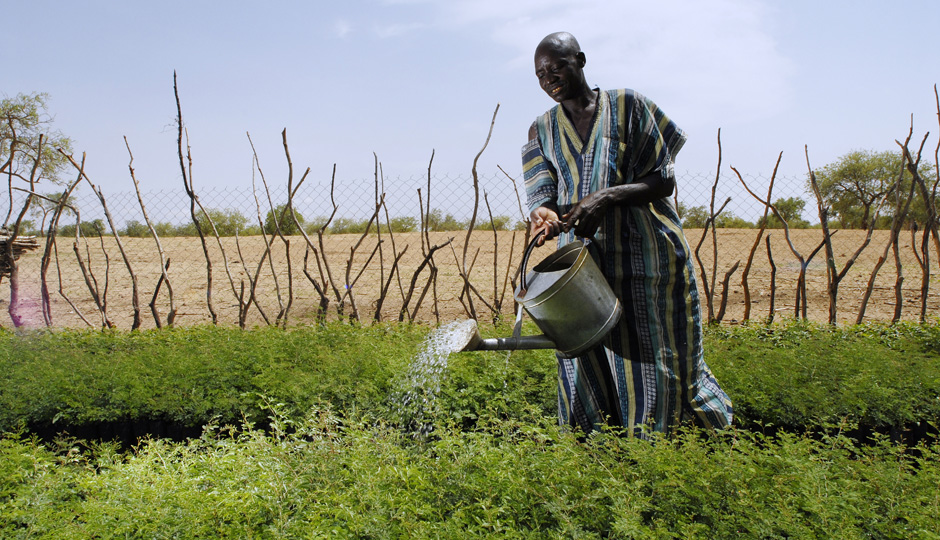 |
| ©IFAD/David Rose |
Creating a healthier environment
Smallholder farmers and poor rural people bear the brunt of climate change and the degradation of natural resources. Extreme weather events, such as droughts, storms and floods, are putting pressure on the ecosystems that farmers depend on, as are gradual processes such as rising sea levels and melting glaciers.
Crop failures and livestock deaths are causing economic losses and undermining the food security of rural people with ever-greater frequency, especially in parts of sub-Saharan Africa.
At the same time, the rapidly growing global population demands higher levels of food production. To meet the world’s growing needs, agricultural production must double by 2050, food waste must be reduced and value chains have to become sustainable and efficient.